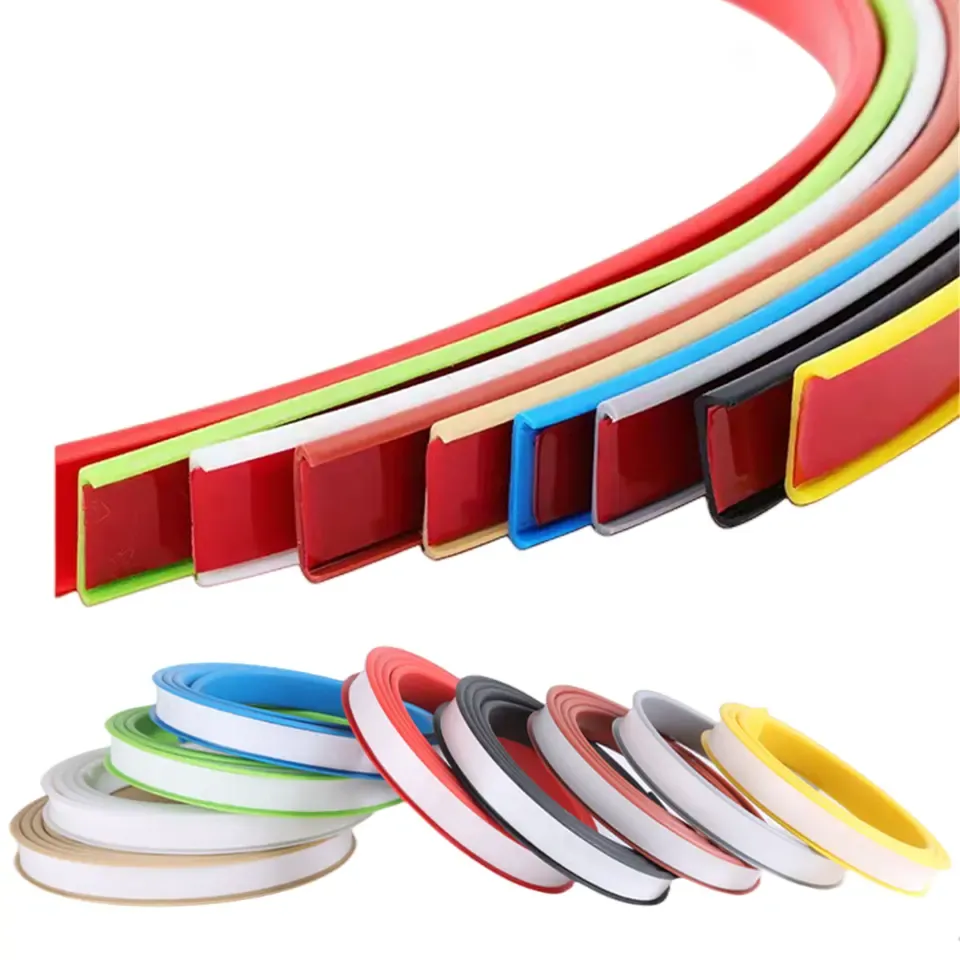Effective Solutions for Home Insulation Using Weather Stripping Tape
Understanding Weather Stripping Tape A Comprehensive Guide
Weather stripping tape is an essential material that homeowners and builders often overlook when it comes to energy efficiency and comfort. It serves as an excellent solution for preventing air leaks around windows, doors, and other potential areas of infiltration in a home or building. In this article, we will explore what weather stripping tape is, its benefits, types, and installation process, as well as maintenance tips to prolong its life.
What is Weather Stripping Tape?
Weather stripping tape is an insulating material specifically designed to seal gaps and cracks around doors and windows. It is typically made from materials such as foam, rubber, or vinyl, and is adhesive-backed for easy application. When properly installed, weather stripping tape can significantly reduce drafts, improve energy efficiency, and enhance indoor comfort by creating a better seal against outside elements.
Benefits of Weather Stripping Tape
1. Energy Efficiency One of the primary benefits of weather stripping tape is its ability to reduce energy costs. By sealing gaps, it minimizes the amount of heated or cooled air that escapes from your home. This can lead to lower utility bills and a smaller carbon footprint.
2. Comfort With better sealing, your home will maintain a more consistent temperature, reducing hotspots and cold drafts. This results in a more comfortable living environment throughout the seasons.
3. Noise Reduction Weather stripping tape can also act as a sound barrier, helping to minimize outside noise. This is particularly useful in urban areas or in homes near busy streets.
4. Moisture Control Proper weather sealing can prevent moisture from penetrating the home, reducing the risk of mold growth and preserving structural integrity.
Types of Weather Stripping Tape
There are various types of weather stripping tape, each suited for different applications
- Foam Tape This is made from closed-cell foam and is easy to cut and apply. It is ideal for sealing gaps around windows and doors.
weather stripping tape

- V-shaped or T-shaped Tape This type is used for the bottom of doors and is designed to compress and create a tight seal when the door closes.
- Rubber Gaskets These are more durable and provide a firmer seal, suited for areas that may experience more wear and tear.
- Magnetic Weather Stripping This works like a refrigerator door seal and is often used for patio doors or other entrances where you want a strong, airtight seal.
Installation Process
Installing weather stripping tape is a straightforward process that can usually be completed in a few simple steps
1. Prepare the Surface Clean the area where the tape will be applied to ensure a strong bond. Remove any old weather stripping, debris, or dirt.
2. Measure and Cut Measure the length of the gap and cut the weather stripping tape to size. It’s better to cut it slightly longer initially and trim it down for a perfect fit.
3. Apply the Tape Remove the adhesive backing and carefully press the tape into place, ensuring that it is straight and securely adhered.
4. Test the Seal Close the door or window to ensure the tape compresses adequately and creates a tight seal. Make adjustments as necessary.
Maintenance Tips
To maximize the lifespan of your weather stripping tape, regularly inspect it for wear and tear. Clean the tape gently without using harsh chemicals, as they can degrade the material. If you notice any cracked or flattened areas, it's time to replace the tape to maintain optimal performance.
In conclusion, weather stripping tape is a simple yet highly effective solution to enhance your home's energy efficiency and comfort. By investing a small amount of time and resources into sealing gaps, you can enjoy a warmer, quieter, and more energy-efficient living space.
-
Under Door Draught Stopper: Essential ProtectionNewsJul.31,2025
-
Garage Door Seal and Weatherstrips for ProtectionNewsJul.31,2025
-
Edge Banding Tape for Perfect EdgesNewsJul.31,2025
-
Table Corner Guards and Wall Corner ProtectorsNewsJul.31,2025
-
Stair Nose Edging Trim and Tile Stair SolutionsNewsJul.31,2025
-
Truck Bed Rubber Mats for Pickup BedsNewsJul.31,2025
-
Window Weather Stripping for Noise ReductionNewsJul.29,2025